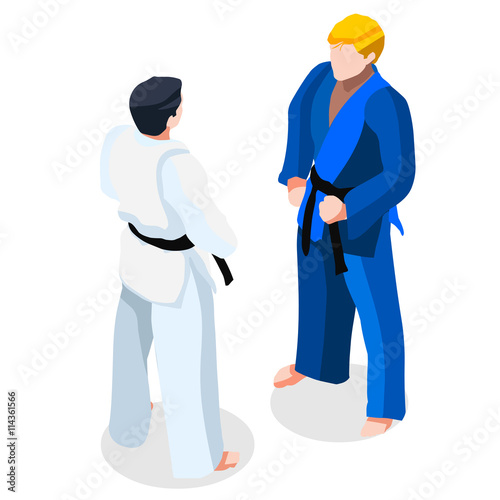Introducing The Variety Of Martial Arts Disciplines: A Guide From Martial Arts To Taekwondo
Introducing The Variety Of Martial Arts Disciplines: A Guide From Martial Arts To Taekwondo
Blog Article
best martial arts to learn for adults Created By-Aldridge Joseph
Are you tired of sensation overwhelmed by the huge world of fighting styles? With so many designs to choose from, it can be easy to get shed in a sea of punches, kicks, and mysterious names. But concern not!
This conversation will debunk the different martial arts styles, taking you on a journey from the powerful strikes of Karate to the vibrant kicks of Taekwondo. Get ready to reveal the beginnings, strategies, and philosophies behind these ancient art forms.
So, tighten your belt and prepare to start an informing exploration right into the fascinating world of fighting styles.
Beginnings of Martial Arts Styles
The origins of martial arts styles can be traced back to ancient people and their need for protection and fight strategies. Throughout history, various societies created their very own one-of-a-kind approaches of fighting, each with its own collection of methods and ideologies.
In China, as an example, fighting styles styles such as Kung Fu and Tai Chi were developed as a way of protection and boosting physical and mental health.
In Japan, the samurai warriors created designs like Karate and Judo, concentrating on discipline, precision, and mastery of the body.
In a similar way, in Korea, Taekwondo emerged as a martial art stressing high kicks, rapid activities, and mental determination.
These early people laid the structure for the diverse array of fighting styles styles that exist today, each with its very own rich history and social significance.
Strategies and Educating Techniques
To understand fighting styles styles, practitioners need to find out various strategies and training approaches.
Methods are the certain motions and activities used in fight, such as punches, kicks, tosses, and blocks. visit the next website have their own unique collection of techniques that professionals have to master with extensive training.
Educating techniques vary depending upon the style, but they generally involve a mix of physical conditioning, drills, competing, and forms.
Physical fitness is crucial to develop toughness, flexibility, and endurance. Drills aid experts fine-tune their methods and enhance their speed and precision.
Competing permits experts to practice their methods in a controlled, practical setting. Forms, also called kata, are prearranged series of movements that aid specialists establish muscle mass memory and focus.
Viewpoints and Principles
Exploring the approaches and concepts of martial arts styles can give you with a deeper understanding of your selected discipline. Each martial art has its own special approach and collection of guiding principles that shape the method it's practiced.
As an example, Karate emphasizes technique, regard, and self-discipline. It shows specialists to focus their minds and bodies, allowing them to defend themselves while keeping a sense of internal tranquility.
On the other hand, Taekwondo puts a solid focus on rate, agility, and versatility. Its concepts are rooted in the tenets of courtesy, honesty, perseverance, self-control, and indomitable spirit.
Final thought
Now that you've discovered the beginnings, strategies, and philosophies of different fighting styles designs, you have a deeper understanding of these ancient self-controls.
Visualize a young karate trainee, exercising with undeviating resolution and emphasis, appearing boards with a powerful punch.
Their trip showcases the dedication and stamina called for to understand a fighting style, reminding us that with discipline and willpower, anything is possible.
